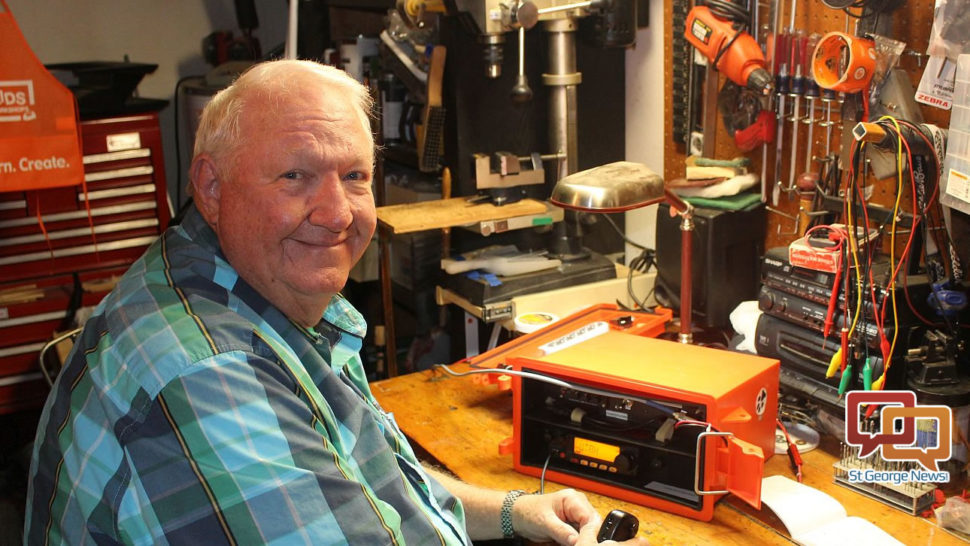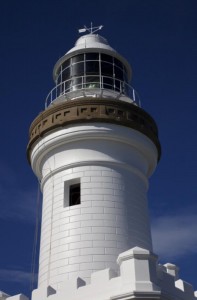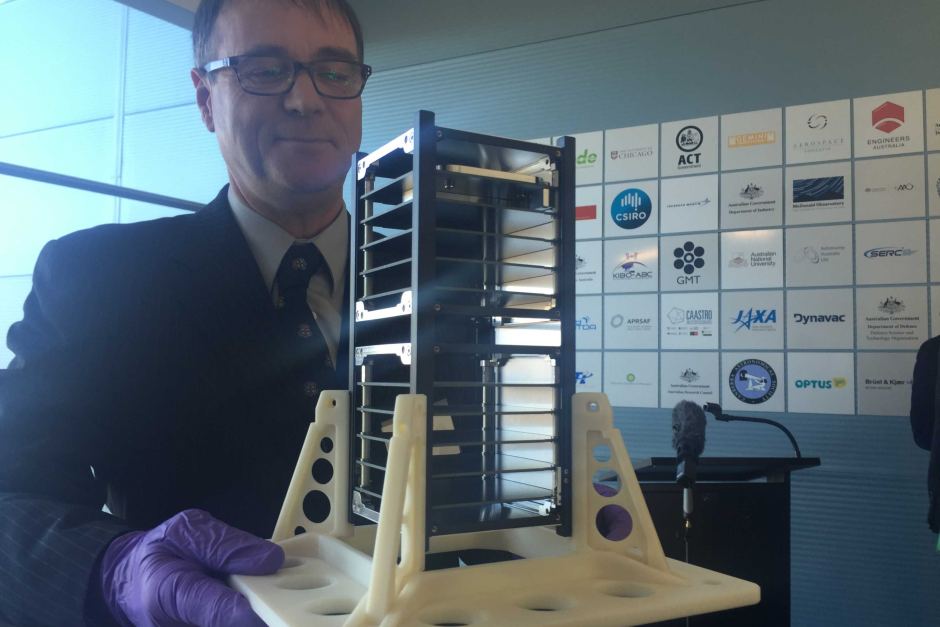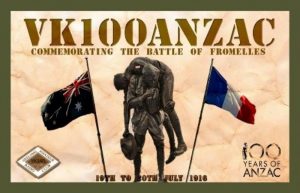Via St George News, July 6 2016. Written by Ric Wakeman. Original post here.

ST. GEORGE — In the age of cell phones and internet, amateur radio operators – also known as “ham operators” – are commonly looked upon as an anachronism, a throwback to earlier times. However, sometimes the old technology can be more reliable than the new high-tech gadgets and smartphones.
St. George ham operator Lynden Kendrick, who is a member of the Dixie Amateur Radio Club in St. George, the Community Emergency Response Team, the American Radio Relay League and Washington County Amateur Radio Emergency Services recently proved this point.
On the evening of June 26, Kendrick was talking on his radio to a fellow ham in Malad City, Idaho, on a radio system known locally as the “Intermountain Intertie,” a system of unmanned amateur radio repeaters linked up and down the state of Utah and into Nevada, Arizona, Montana, Wyoming and Idaho.
Kendrick said the ham in Malad City went to get a pencil, and another voice came on the radio asking for assistance. Kendrick answered the voice, asking how he could help. The ham on the other end introduced himself as Mike in Pahrump, Nevada.
Mike, who was later identified as Michael Hilbert of Moab, said the children’s ranch where he works was surrounded by fire. The Lovell Canyon Ranch, also known as the Torino Ranch, is a summer camp ranch designed for at-risk and special needs children. Hilbert is the assistant to Brett Torino, the founder and owner of Torino Ranch.
All children who had been camping at the ranch had been evacuated and there was only staff left at the ranch. Firefighters were controlling the blaze, but the power was out as were the telephones, internet and cell phone service. Hilbert asked Kendrick to call the local electric company and let them know.
Kendrick immediately found the phone number for Valley Electric in Pahrump and got on the telephone with them. With a bit of back-and-forth between the radio and telephone, Kendrick was able to have the power company dispatch someone to the ranch to restore power.

 Ummm, there’s now 3 websites for the Lighthouse Weekend… (?)
Ummm, there’s now 3 websites for the Lighthouse Weekend… (?)

